Search
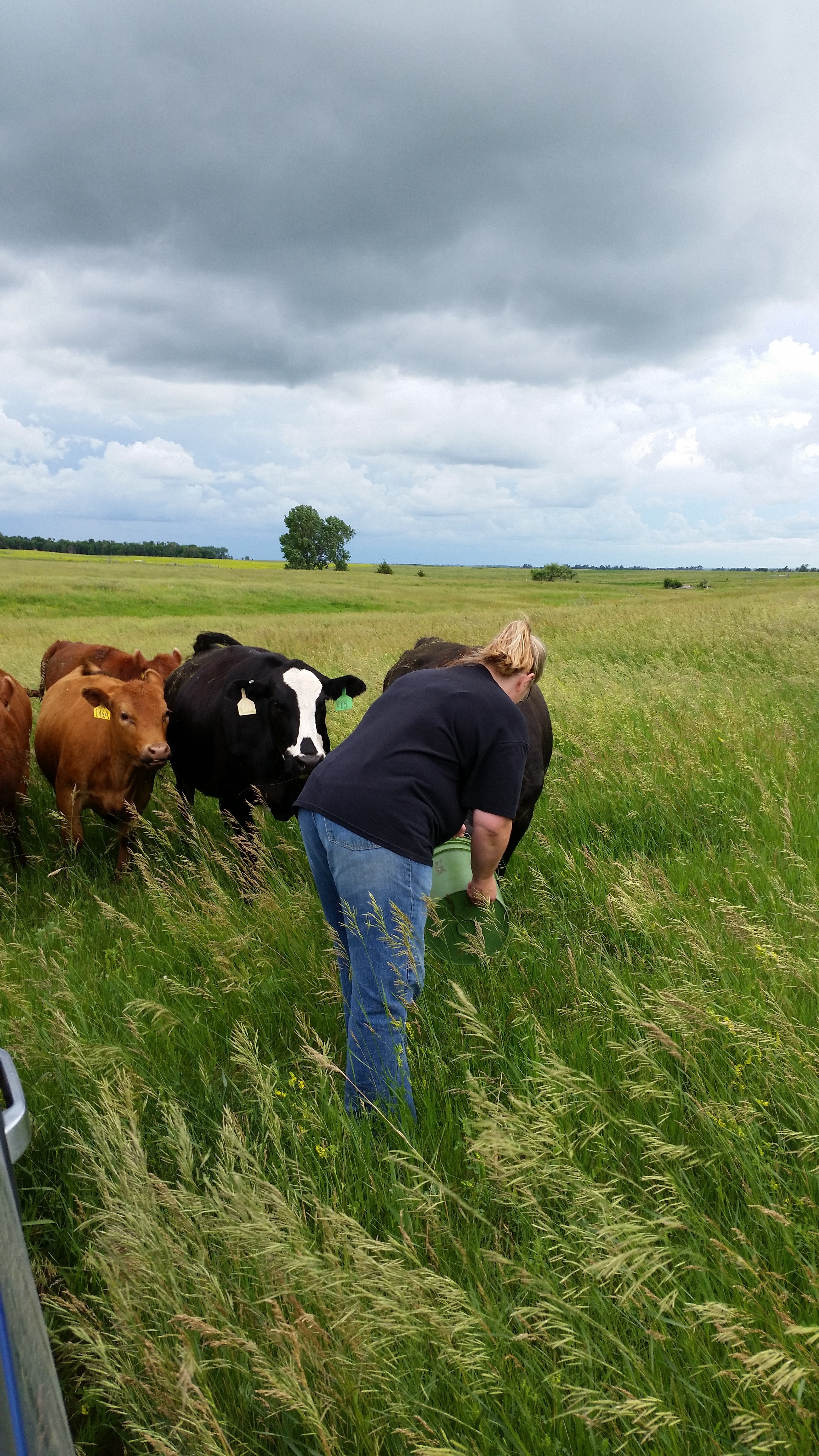
Successful Heifer Synchronization Using MGA
Effective estrous synchronization protocols are one of the keys to successful AI projects.

Wildfire Aftermath: Beef Cattle Health Considerations
Smoke inhalation, burns and thermal injury, exertion, stress, and injuries suffered during escape can all cause longer-term effects on cattle that have survived wildfires or building fires.
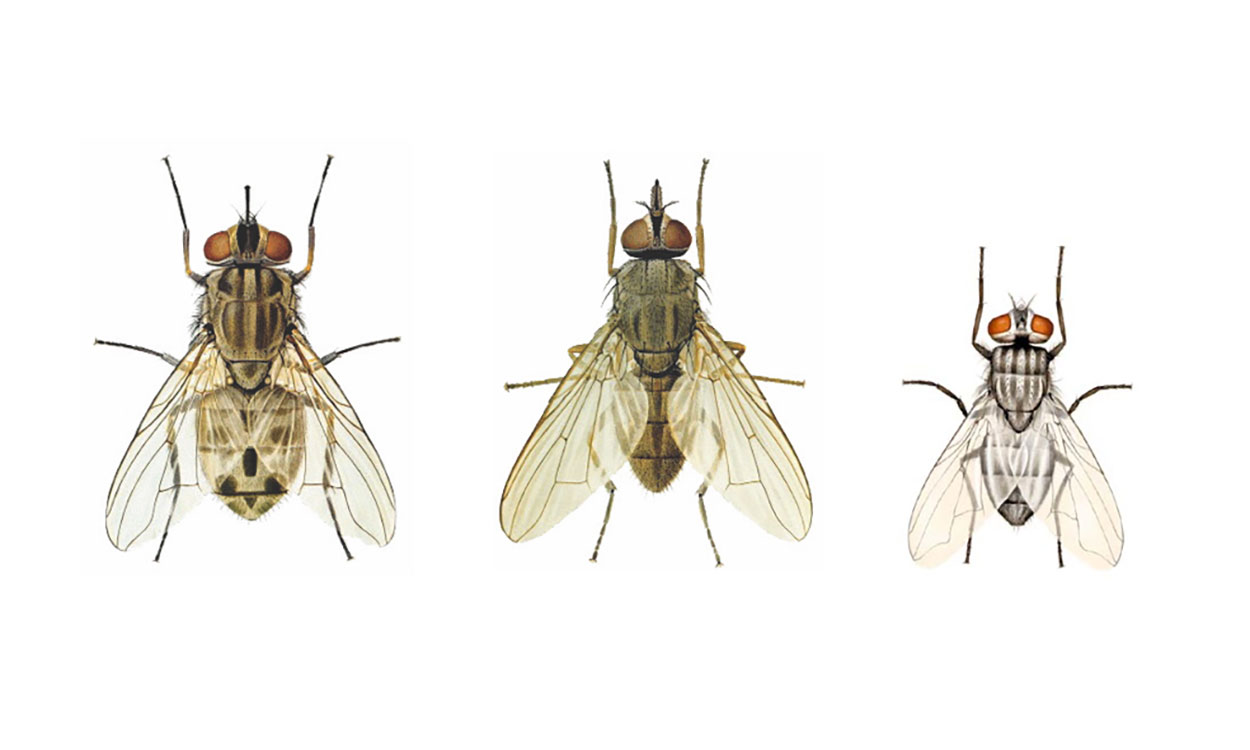
Fly Control Considerations for Cattle on Pasture
Along with being irritants to livestock, horn flies, face flies and stable flies are economically important to producers due to their negative impacts on milk production and calf weaning weights.
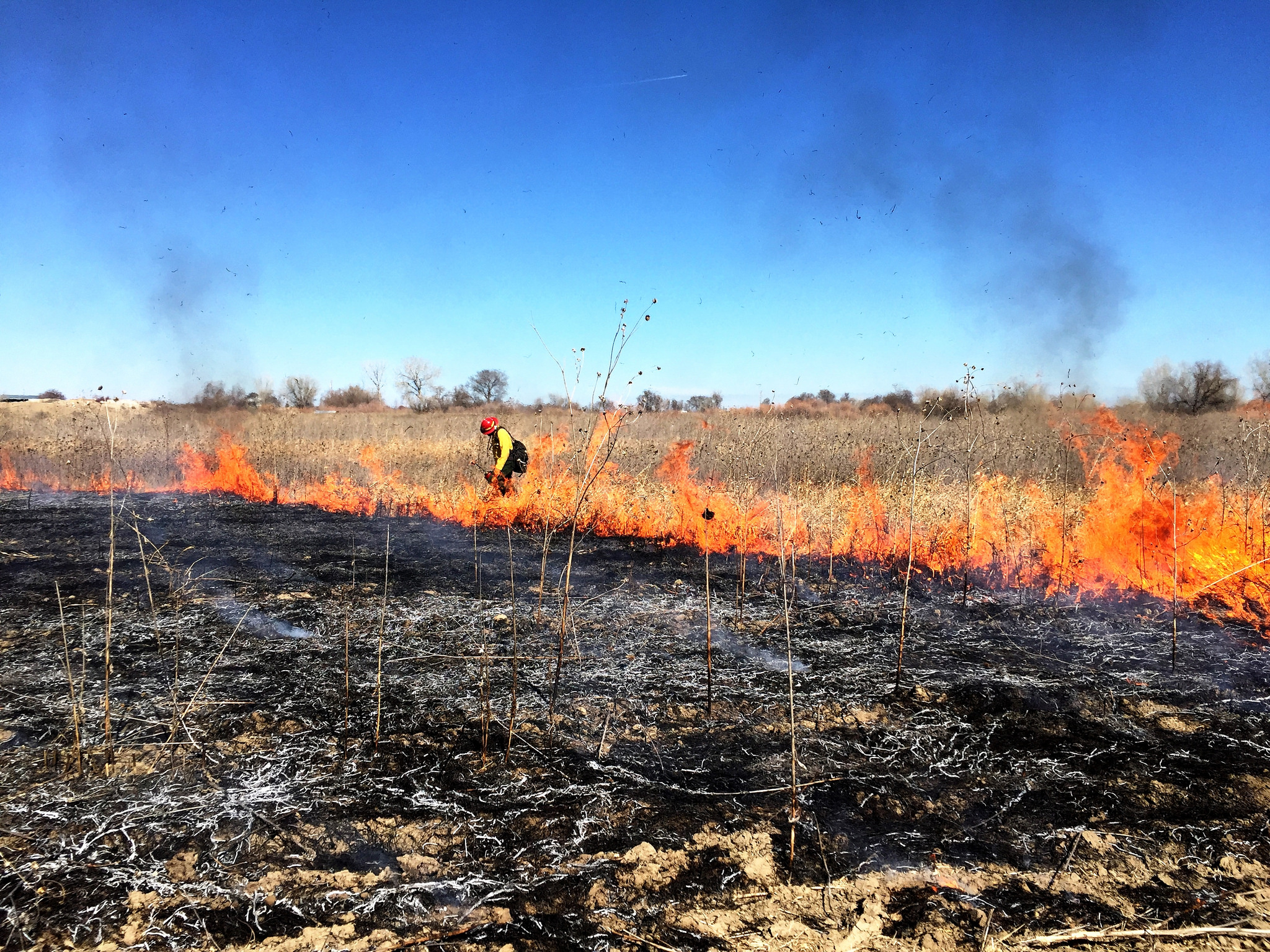
Fall Fire Safety
The moisture and cooler temperatures of fall make it easy to become lax about fire danger, however, conditions can still lead to easy ignition and rapid growth of wildfires.

Chronic Constipation
The two most common forms of constipation are chronic idiopathic constipation (CIC) and irritable bowel subtype constipation-predominant irritable bowel syndrome (IBS-C).
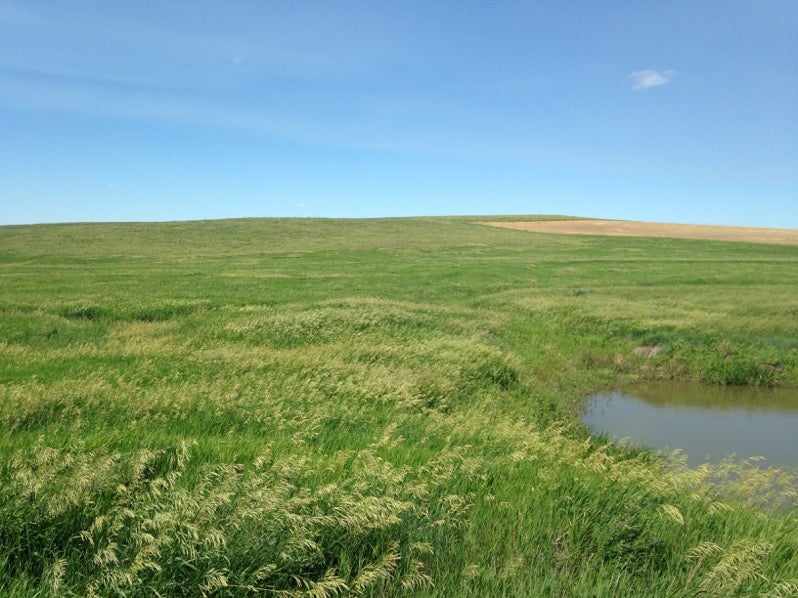
Smooth Bromegrass Grazing Management
Smooth bromegrass is a cool-season introduced grass with an advanced root system that tolerates temperature extremes and drought exceptionally well.
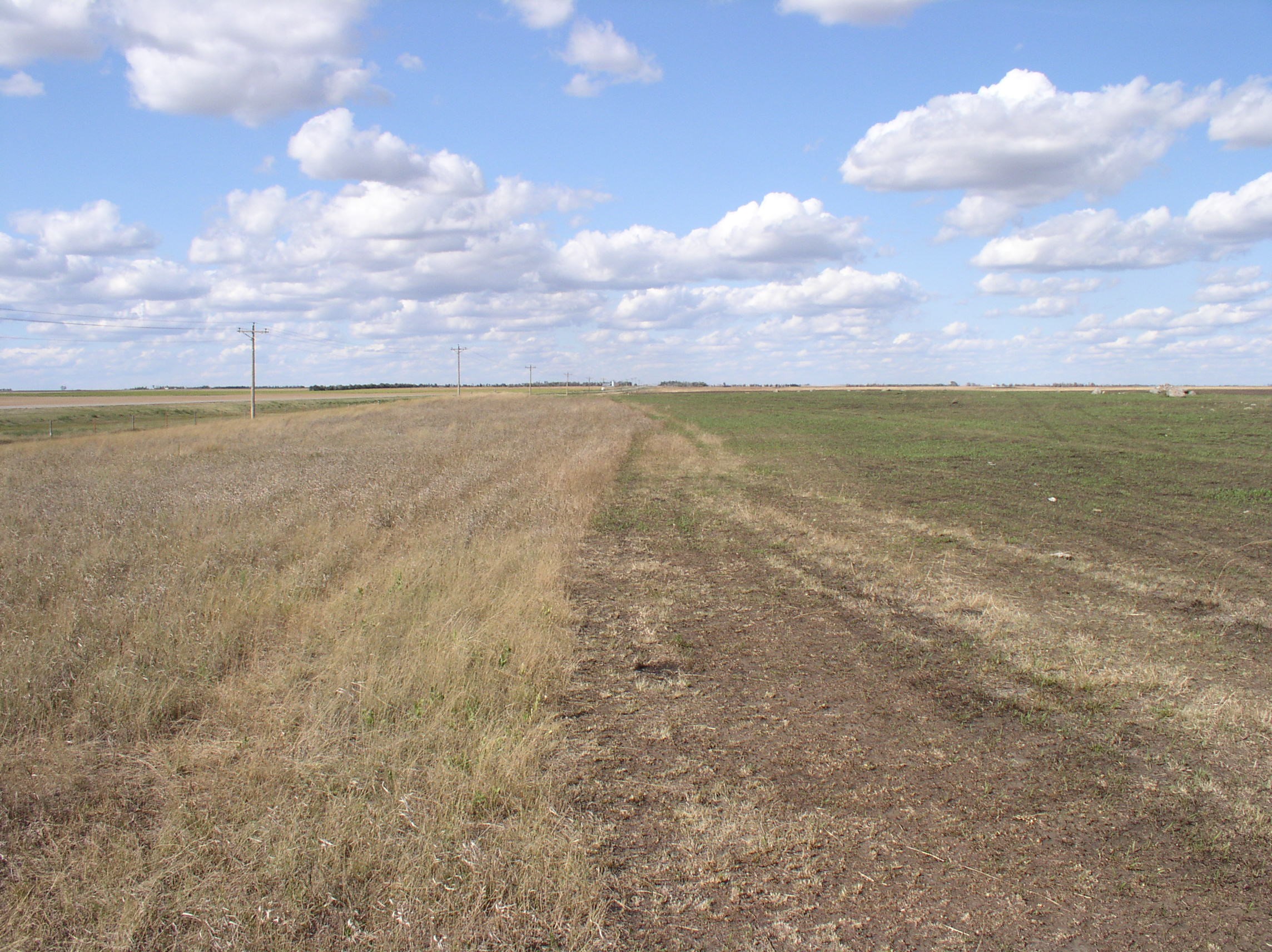
Management for Recovery of Rangeland After Wildfire
Because fire is a natural component of Northern Great Plains grassland ecosystems, prairie vegetation is very well adapted to recover following a fire.

Swath Grazing: Extending the Grazing Season
One proposed way to cut fall/winter feeding costs is to extend the grazing season and allow the livestock to harvest the resource instead of relying on mechanical harvest.

How Do Genetics Impact Animal Well-Being?
Genetic engineering is a promising tool that could be used to improve animal welfare while lowering costs of production.
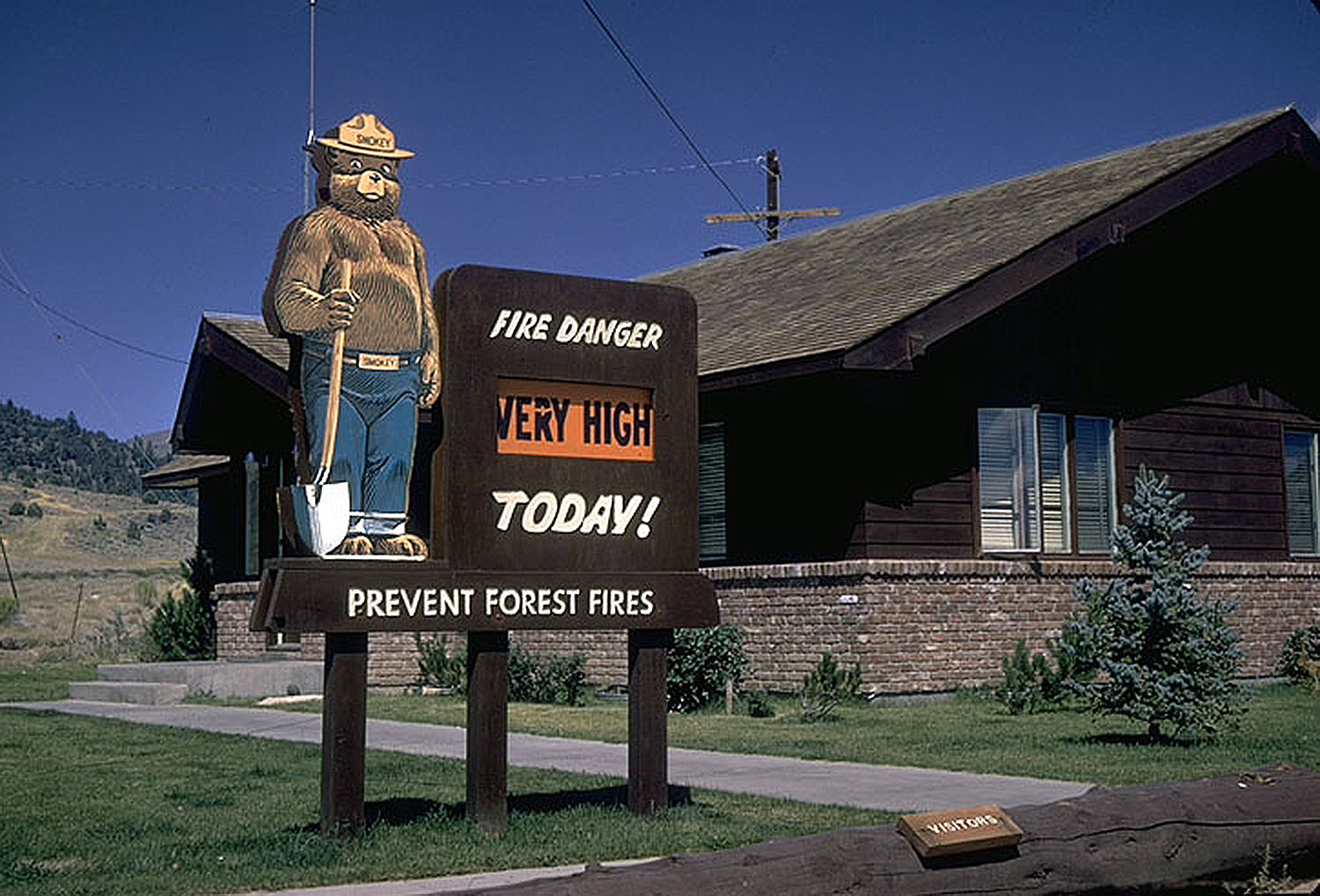
Campfire Safety in Drought Conditions
During fire season, open fires may be prohibited or otherwise restricted by the regulatory agency in charge of the campground or facility that you are visiting.